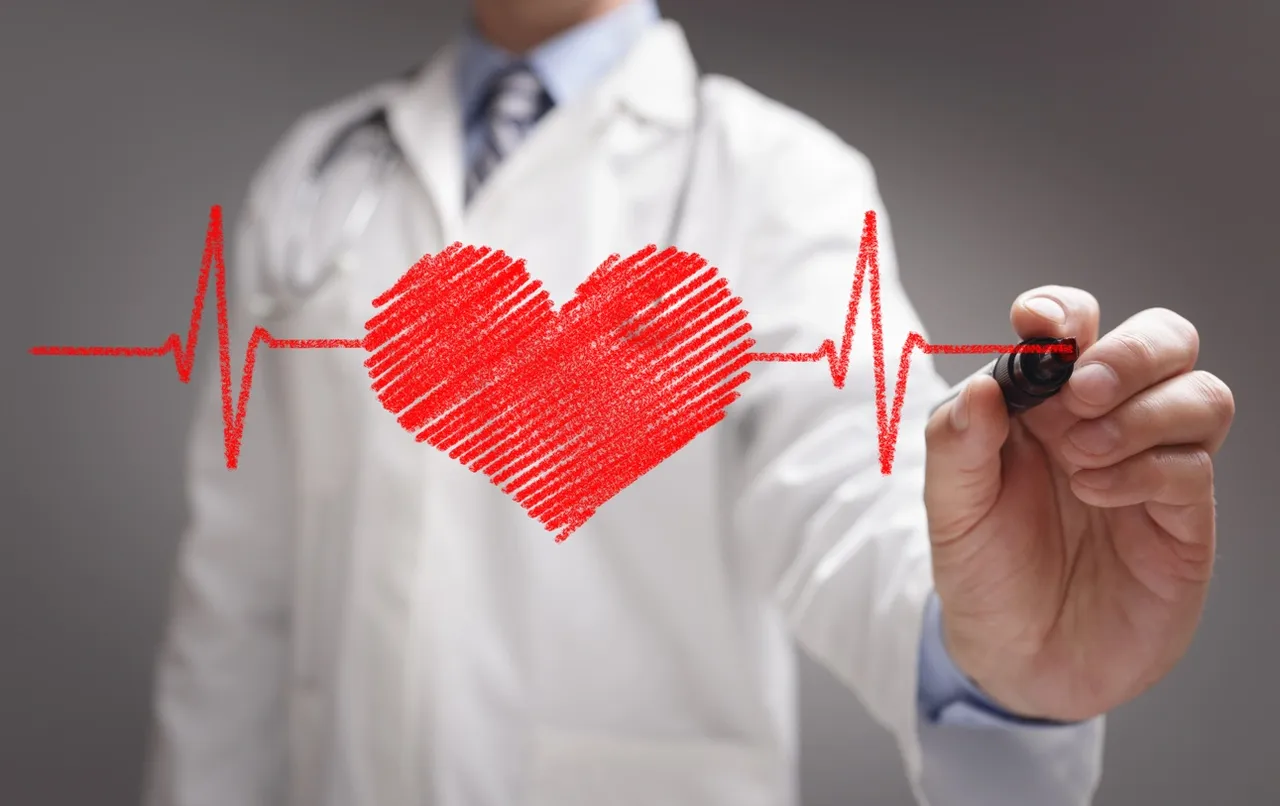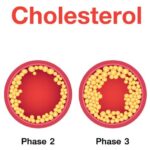Your cardiovascular system is made up of your heart and numerous interconnected blood vessels. The heart receives blood from the venous system and pumps this blood through your arteries and into your capillaries where the exchange of nutrients and oxygen between the blood in the capillaries and your cells takes place. From the capillaries, the blood moves into the venous system and then back to the heart. The main function of the heart is to regulate the flow of blood from the venous side to the arterial side without any backflow. This function of the heart is critical for your optimum life experience.

The heart is made up of four chambers. The right atrium receives blood from the rest of the body through the vena cava, and pumps the blood into the right ventricle. From the right ventricle, the blood is pumped into the lungs for oxygenation and returns to the left atrium. From here the blood is pumped into the left ventricle for onward distribution to the rest of the body through the aorta. The unidirectional flow of blood through the heart is maintained by valves in between the chambers
The pumping of blood is a highly coordinated process that is regulated by specialized cells in the heart that generate electrical impulses to stimulate the other cells of the heart to ensure that the atria beat at a particular time while the ventricles also beat at separate but regular time intervals. This is why every time your heart beats you hear two sounds. The first sound you hear represents the opening of the tricuspid and mitral valves to enable blood to move from the atria into the ventricles, while the second sound is the opening of the pulmonary and aortic valves to enable blood to move from the ventricles to the lungs and the rest of the body.
 The pumping of the heart
The pumping of the heart
forces blood to move into
the arteries. This movement
generates pressure.
It is this pressure that is
recorded on your BP machine as your blood pressure.
Normal blood pressure is universally accepted to be 120/80 or below. The numerator is the systolic blood pressure and represents the pressure when the heart pumps to push blood out. The denominator is the diastolic blood pressure and represents the pressure in the heart chamber when it relaxes to receive blood.
The American Heart Association has categorized blood pressure into 5 groupsThis categorization also indicates the increasing risk of complications as you move from one blood pressure band to a higher band. The elevated and stage 1 categories are collectively called Pre-hypertension. Persons in this category will progress to higher stages if nothing is done, but can also reverse the trend if they put in the right measures.

The best advice, after reading this article is to go and have your blood pressure checked, so you know which category you belong to. If you are in any category other than normal, talk to your primary care provider for specific information regarding your situation and begin the journey to reverse the trend.
Note, Hypertension typically has no symptoms. It has been said that by the time you start experiencing symptoms, you are most likely beginning to experience complications.
ACT NOW!
Dr. Kelvin Owusu is a Health and Wellness Consultant who, through a holistic approach, helps individuals and groups craft innovative health plans aimed at promoting healthy lifestyles.
Support us by sharing this article on your social media and also by becoming a patron. https://patreon.com/KelvinOwusuMD







